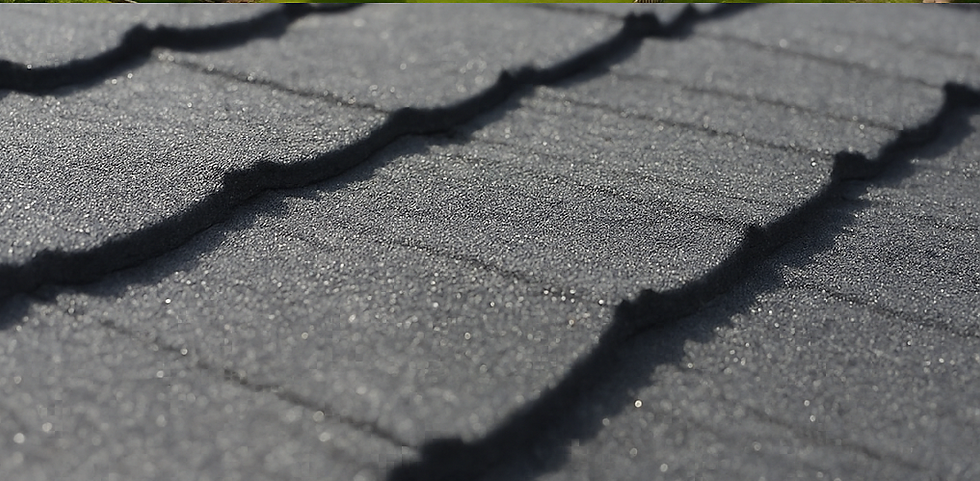The Anatomy of your Roofing System
- pearsonroofinginc
- Jan 16, 2023
- 2 min read

When it comes to home maintenance, one of the most important aspects is understanding the components of your roof, and how they work together. This can help you identify problems and make informed decisions about repairs or replacements. In this blog post, we’ll take a look at the anatomy of a roof and discuss some of the common components you’ll find in most roofs.
Roof Decking:
The roof decking is the layer that provides support for all other components of your roof. It’s typically made from plywood or OSB (oriented strand board) and is attached to your home’s trusses or rafters. The decking should be in good condition before any other components are installed, as it will provide stability for everything else that goes on top.
Underlayment:
Underlayment is a layer of waterproof material that goes between your decking and shingles. It helps protect against water damage and can also provide additional insulation for your home. Common types of underlayment include felt paper, rubberized asphalt, and synthetic materials like polypropylene or polyethylene.
Shingles:
Shingles are the outermost layer of your roof and provide protection from weather elements like wind, rain, snow, and sun exposure. They come in various styles such as asphalt shingles, metal shingles, wood shakes, slate tiles, clay tiles, and more. Depending on what type you choose, they can last anywhere from 15-50 years with proper maintenance.
Flashing:
Flashing is metal material used to seal off any areas where water could potentially enter your home through gaps in your roofline such as around chimneys or vents. It helps prevent water damage by creating an extra barrier against moisture intrusion into your home’s interior spaces. Flashing should be inspected regularly to ensure it’s still doing its job properly.
Conclusion:
Understanding the anatomy of a roof can help you identify potential problems before they become major issues down the line. Knowing what each component does and how they work together will also help you make more informed decisions when it comes time to repair or replace parts of your roof system. If you have any questions about any part of your roof system or need help with repairs or replacements, don’t hesitate to contact a professional contractor for assistance!
(a year ago)





Comments